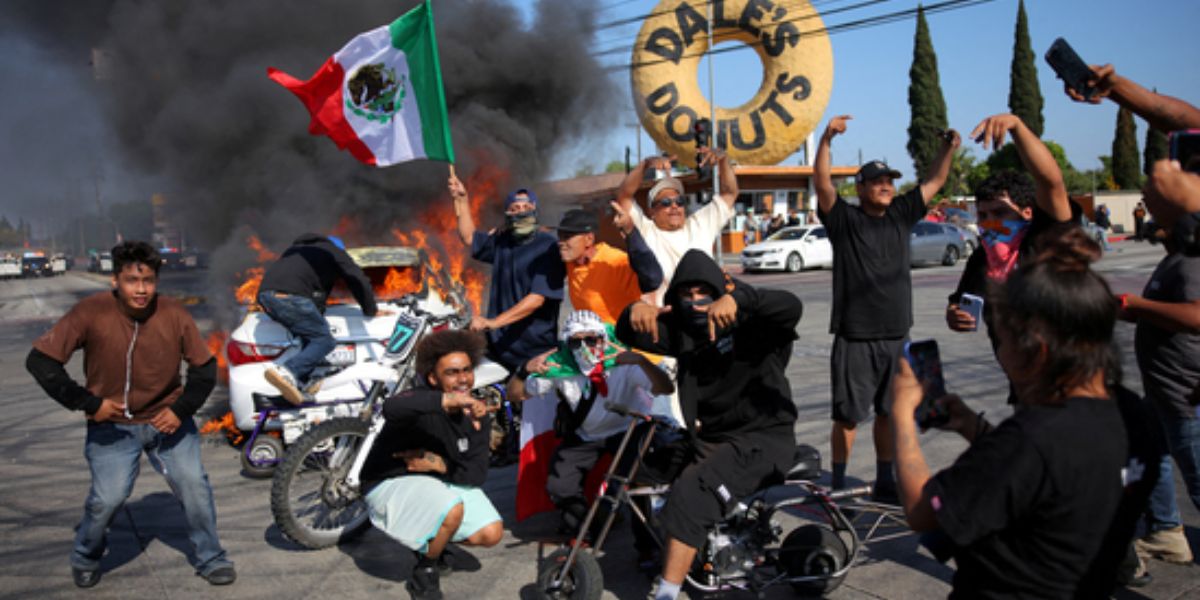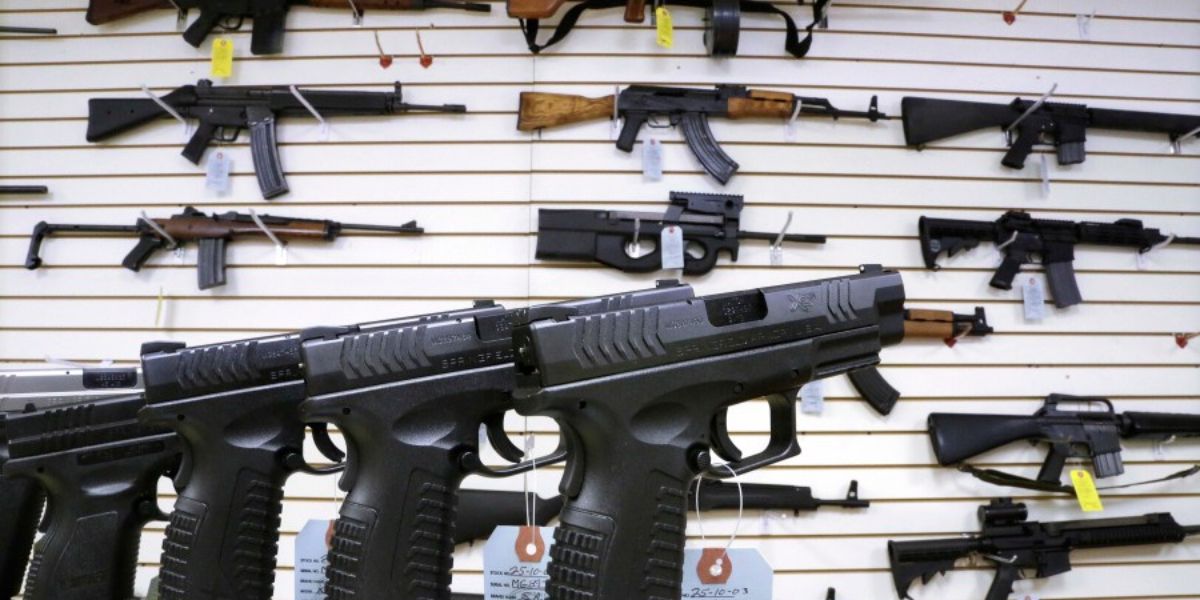LOS ANGELES, CA — As federal immigration enforcement intensifies, Los Angeles has emerged as a national epicenter of protest, with thousands of residents rallying in opposition to recent Immigration and Customs Enforcement (ICE) raids. These demonstrations reflect more than just political dissent — they are rooted in the region’s complex demographic fabric, long-standing immigrant communities, and a shared sense of civic identity.
A Region Shaped by Immigration
Los Angeles County — a vast, diverse region home to nearly 10 million people — is among the most immigrant-rich regions in the United States. According to the U.S. Census Bureau, over one-third of L.A. County residents are foreign-born, and more than 56% speak a language other than English at home, most commonly Spanish.
The city of Los Angeles, with its population of nearly 3.9 million, mirrors these dynamics. More than 35% of city residents are foreign-born, and many live in mixed-status households, where legal and undocumented family members coexist.
“There’s no way to understand the magnitude of the response to these raids without acknowledging just how embedded immigrants are in this community,” said Dr. Manuel Pastor, director of the University of Southern California’s Equity Research Institute. “Roughly 1 in 5 people in L.A. County are either undocumented or live with someone who is.”
Community Disruption Spurs Protest
On-the-ground ICE operations — many occurring in Downtown Los Angeles, where dense immigrant communities reside — have triggered not only logistical upheaval but emotional trauma. Pastor points to a 2020 USC Dornsife study estimating around 900,000 undocumented immigrants in Los Angeles, many of whom have lived in the U.S. for over a decade.
“These aren’t transient populations,” Pastor said. “They’re part of churches, schools, labor markets — pulling a dad from a construction site or a mom from picking up her kids is what’s actually happening.”
Local leaders echo this sentiment. Mayor Karen Bass released a brief statement reaffirming the city’s stance as a “sanctuary for immigrant communities.”
“Los Angeles will continue to defend its residents,” she said. “We reject fear tactics that divide families and communities.”
Psychological Toll and Civic Implications
The protests have also drawn support from naturalized citizens and legal residents who say they feel targeted by association.
“There’s what we call a ‘chilling effect,’” said Dr. Tim Bruckner, a public health professor at UC Irvine. “Even individuals not targeted directly experience anxiety, change routines, or avoid public spaces — and that includes U.S. citizens.”
ICE raids, critics argue, discourage victims of crime from seeking police help and push undocumented residents further into the shadows, undermining community safety and public health efforts.
Political Context: Blue Stronghold Resists Federal Crackdown
Political identity in Los Angeles plays a crucial role. Los Angeles County voters overwhelmingly supported Democratic candidates in the 2024 elections, with Kamala Harris receiving nearly 65% of the vote. Democrats outnumber Republicans nearly 3 to 1 among the county’s 6 million registered voters.
State and city leadership, including Governor Gavin Newsom and Mayor Bass, have been vocal critics of aggressive immigration enforcement, adding further tension between federal and local agencies.
“California-bashing has become a national political sport,” said Pastor. “But here, people actually know their immigrant neighbors. Even those who wouldn’t call themselves ‘progressive’ might worry about a friend’s child not showing up at school.”
Infrastructure at Risk
Beyond human rights concerns, practical challenges loom. L.A. is still grappling with rebuilding efforts after wildfires earlier this year, many of which depend heavily on undocumented labor.
“A third of our residential construction labor is undocumented,” Pastor emphasized. “If we deport these workers, we’re not just breaking families apart — we’re stalling our own recovery.”




